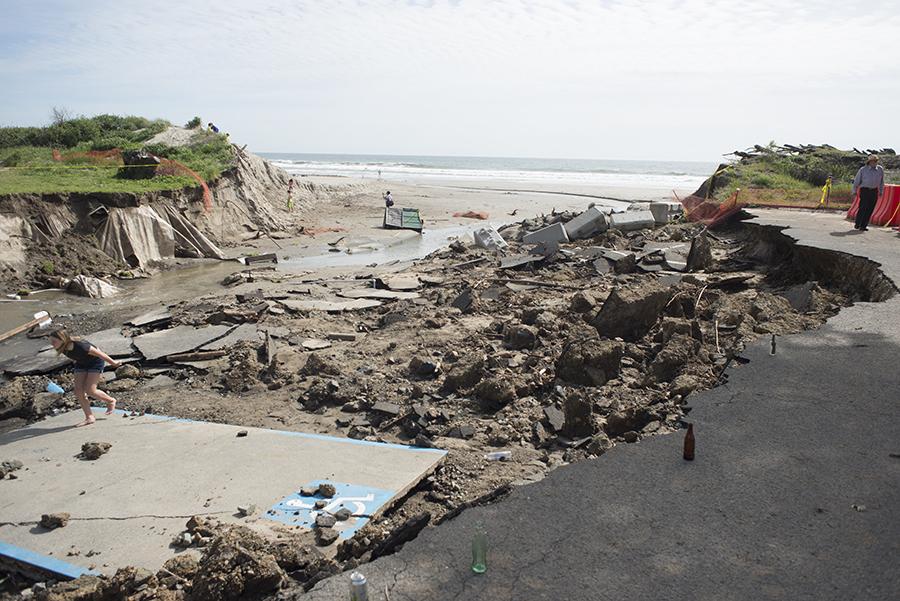The northern part of the Stinson Beach parking lot is closed indefinitely after last weekend’s subtropical storm flooded Easkoot Creek and carved out . . .
Stinson parking lot collapses in storm


The northern part of the Stinson Beach parking lot is closed indefinitely after last weekend’s subtropical storm flooded Easkoot Creek and carved out . . .